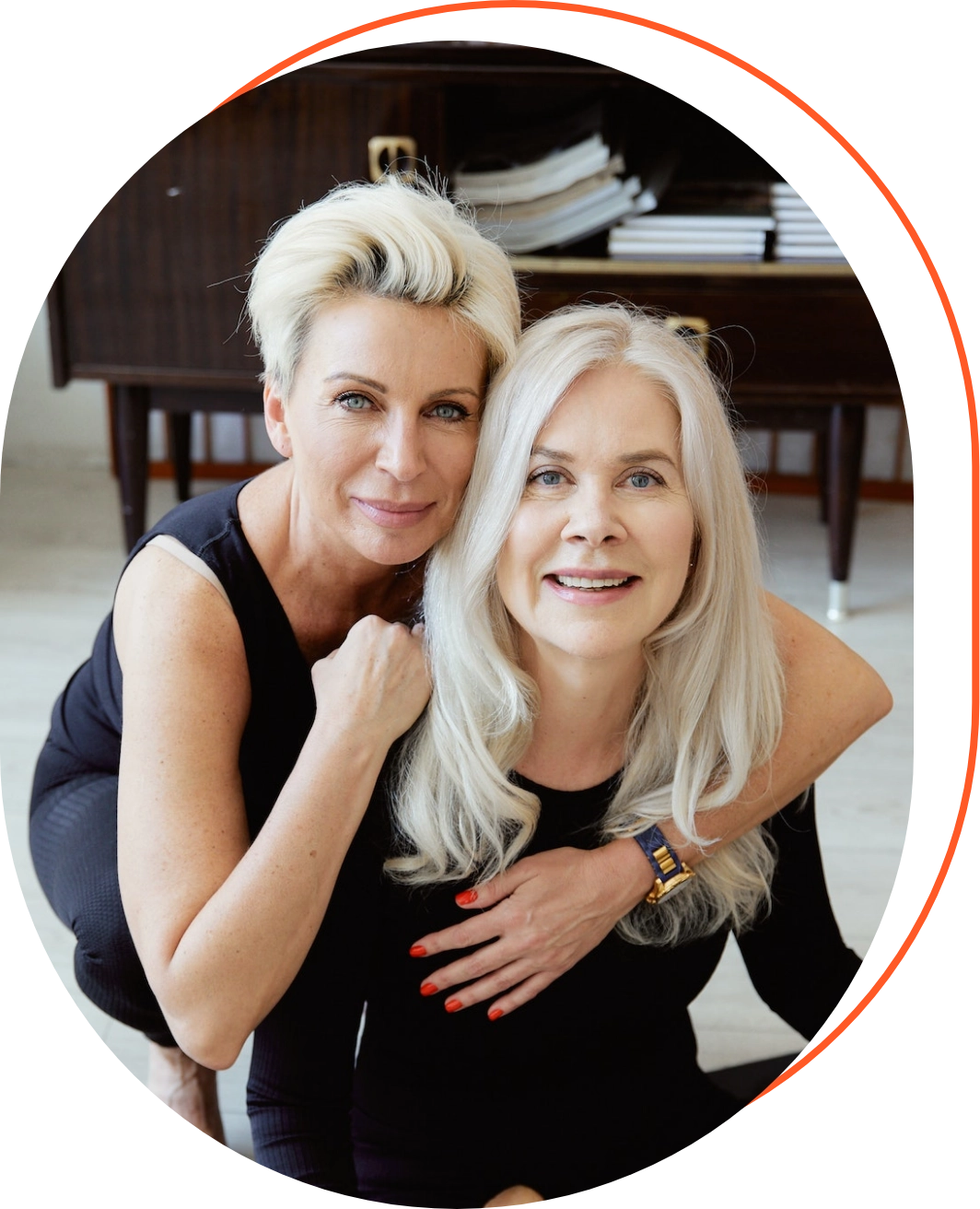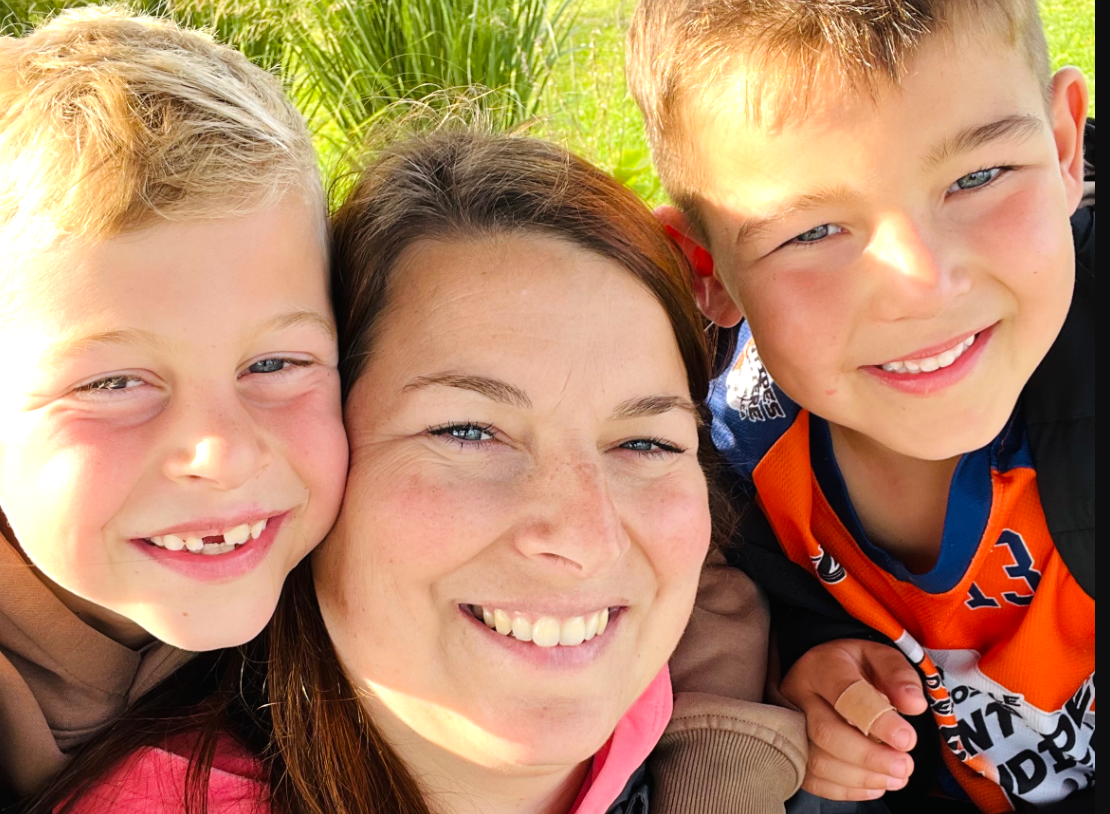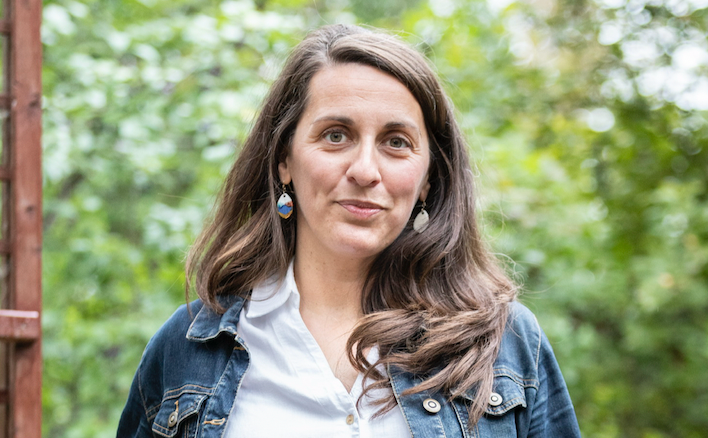A tried and tested
method
Scalp cooling helps reduce hair loss during chemotherapy. The technique is simple. Watch this video, in which the method is explained.

For whom?
Used especially but not exclusively by breast cancer patients, the method is for anyone who has or has had a solid tumour. A doctor’s recommendation is required for cancers such as leukemia and lymphoma.
The advantages of cold caps
Regaining control
Establishing a concrete initiative to keep your hair despite your diagnosis allows you, to a certain extent, to regain your power to take action in a situation that is often uncontrollable. For your loved ones, it’s a concrete way of getting actively involved.
Improving quality of life
Keeping one’s hair boosts self-esteem, which can lead to improved emotional well-being and quality of life during treatments. It will also keep your medical condition private and prevent stigmatization.
Promoting treatment adherence
Chemo-related hair loss can have considerable traumatic and psychological impacts. This solution minimizes the emotional stress related to hair loss, which can improve overall emotional well-being and strengthen your engagement towards your treatment.
Maintaining normalcy
Keeping your hair removes the constant reminder of the illness and helps you feel more “normal”. This positive attitude encourages participation in social, professional and/or family activities.
Helping to prevent permanent alopecia
About 5% of patients treated with Taxotere (docetaxel) may develop permanent alopecia. Using cold caps, which are based on the vasoconstriction mechanism, helps prevent damage to hair follicles, caused by chemotherapy drugs, thus reducing the risk of permanent alopecia.
Two systems
Manual
Suitable for use in all medical facilities and usable anywhere, a set of several Crylon-gel-filled caps (usually 3) is used in alternation to maintain the prescribed temperature.Patients rent the caps by themselves.
- The patient cycles through the caps at intervals of approximately 20 to 25 minutes, in order to maintain a temperature between −28 and −35 °Celsius, depending on the regimen.
- Dry ice is used to keep the caps at the right temperature. Some hospitals also make biomedical freezers available to patients.
- At the hospital and at home, using a purchased or rented cooler, patients continue the post-infusion cooling for 3 to 5 hours, depending on the chemotherapy protocol.
- The caps are adjustable to allow for a perfect fit for each person’s head shape.
- Patients rent the caps themselves and manage the pre-, during- and post-treatment logistics. Some hospitals offer manual cold cap options through their foundation.
- Having an accompanying person with you to change the caps is not essential but is highly recommended.
Supplier in Canada
Penguin Cold CapsSuppliers elsewhere in the world
Fixed
Hair loss resulting from chemotherapy can have a significant traumatic and psychological impact. This solution minimizes the emotional stress associated with loss.
- In Quebec, only the Gatineau Hospital offers this option, but stationary systems have been widely adopted in Europe and the United States.
- A refrigerant liquid constantly circulates in the cap via a conduit attached to a portable device connected to electricity. The device is adjusted so that the temperature of the cap is maintained at between -3 °C and -6 °C.
- Caps come in standard sizes: small, medium and large, providing options in terms of adjustment.
- Under the Paxman regimen, the cap must be worn approximately 30 minutes prior to the infusion, throughout the chemotherapy infusion period, and up to 90 minutes post-infusion. For optimal results, it should be worn until the body has eliminated the bulk of the chemotherapy agents, i.e., 3 to 6 hours post-infusion. However, patients often have to leave the healthcare centre 30 to 60 minutes post-infusion, which may be the reason for less-than-satisfactory results.
Supplier in Canada
PaxmanSuppliers elsewhere in the world

Overall satisfaction rate from more than 50,000 Penguin Cold Caps users.

Likelihood of hair loss if cold caps are not used in situations involving chemotherapy-induced alopecia.
Used globally for nearly 30 years
Satisfaction rates for cold caps vary widely due to several factors such as the type of cap used, the type of chemotherapy administered, individual sensitivity, a patient’s expectations, post-infusion capping time, regimen adherence and other variables. In general, satisfaction rates range from 50 to 80%, but it is important to note that these figures are approximate estimates and may differ from one study to the next.
What to expect?
Each person is unique and reacts differently to chemotherapy. Many metabolic factors can impact the extent to which hair loss occurs despite the use of cold caps. No-one can predict results in advance and no guarantees can be made by distributors or health professionals. Most people keep enough hair to avoid having to wear a wig or head scarf.
- Follow the usage regimen scrupulously
- Surround yourself with supportive people: join our User Support Community on Facebook
- Put things into perspective: focus on the hair you have left, not the hair you’ve lost
- Be positive but realistic

Frequently asked questions
Have questions? Take a look at our FAQs to find the answers. To allow us to help you more efficiently, it is important to read through the FAQs before contacting us.
Testimonials
You are not alone. Read the inspiring stories of people who chose to use the method here in Quebec.







